Scientists at Princeton have good news for interstellar travel.
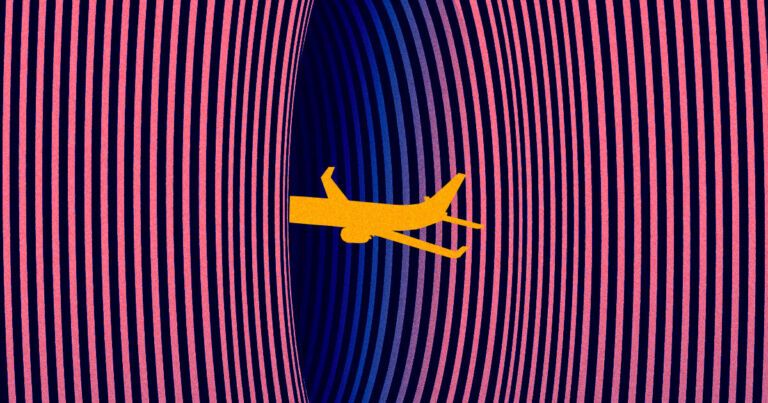


Nearby supernova explosions shape the interstellar medium. Ejecta, containing fresh nucleosynthetic products, may traverse the solar system as a transient passage, or alternatively the solar system may traverse local clouds that may represent isolated remnants of supernova explosions. Such scenarios may modulate the galactic cosmic-ray flux intensity to which Earth is exposed. Varying conditions of the traversed interstellar medium could have impacts on climate and can be imprinted in the terrestrial geological record. Some radionuclides, such as 60 Fe, are not produced on Earth or within the solar system in significant quantities. Their existence in deep-sea sediments demonstrates recent production in close-by supernova explosions with a continued influx of 60 Fe until today.
Nuclides synthesized in massive stars are ejected into space via stellar winds and supernova explosions. The solar system (SS) moves through the interstellar medium and collects these nucleosynthesis products. One such product is 60 Fe, a radionuclide with a half-life of 2.6 My that is predominantly produced in massive stars and ejected in supernova explosions. Extraterrestrial 60 Fe has been found on Earth, suggesting close-by supernova explosions ∼2 to 3 and ∼6 Ma. Here, we report on the detection of a continuous interstellar 60 Fe influx on Earth over the past ∼33,000 y. This time period coincides with passage of our SS through such interstellar clouds, which have a significantly larger particle density compared to the local average interstellar medium embedding our SS for the past few million years. The interstellar 60 Fe was extracted from five deep-sea sediment samples and accelerator mass spectrometry was used for single-atom counting.
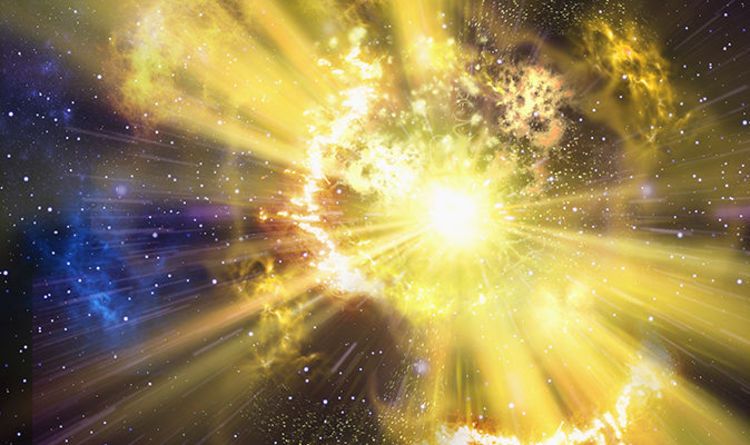
Supermassive black holes, which likely reside at the centers of virtually all galaxies, are unimaginably dense, compact regions of space from which nothing — not even light — can escape. As such a black hole, weighing in at millions or billions of times the mass of the Sun, devours material, it is surrounded by a swirling disk of gas. When gas from this disk falls towards the black hole, it releases a tremendous amount of energy. This energy creates a brilliant and powerful galactic core called a quasar, whose light can greatly outshine its host galaxy.
Astronomers widely believe that the energy from quasars is responsible for limiting the growth of massive galaxies. Shortly after the launch of NASA ’s James Webb Space Telescope, scientists plan to study the effect of three carefully selected quasars on their host galaxies in a program called Q3D.
A supermassive black hole is very small compared to its host galaxy — it’s the equivalent of a penny in relation to the size of the entire Moon. Still, supermassive black holes have an immense influence on the galaxies they inhabit.

Black holes are at the center of almost all galaxies that have been studied so far. They have an unimaginably large mass and therefore attract matter, gas and even light. But they can also emit matter in the form of plasma jets—a kind of plasma beam that is ejected from the center of the galaxy with tremendous energy. A plasma jet can extend several hundred thousand light years far into space.
When this intense radiation is emitted, the black hole remains hidden because the light rays near it are strongly bent leading to the appearance of a shadow. This was recently reported by researchers of the Event Horizon Telescope (EHT) collaboration for the massive black hole in the giant ellipse galaxy M87.
In quasar 3C279—also a black hole—the EHT team found another phenomenon: At a distance of more than a thousand times the shadow of the black hole, the core of a plasma jet suddenly lit up. How the energy for this jet could get there as if through an invisible chimney was not yet known.
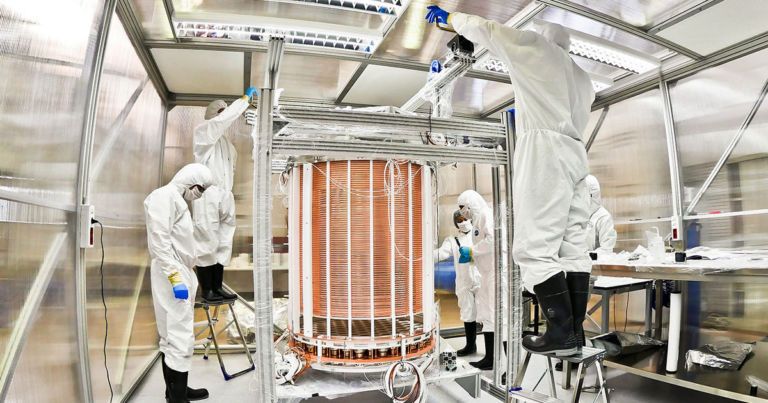
While axions are not currently a proposed direct explanation for dark matter, they could’ve set the stage for the creation of dark matter in the early stages of our universe.
Scientists are undeniably excited by this third possibility, though they’re also urging restraint due to the other potential explanations.
“I’m trying to be calm here, but it’s hard not to be hyperbolic,” Neal Weiner, a particle theorist at New York University, who was not involved in the research, told The New York Times. “If this is real, calling it a game changer would be an understatement.”
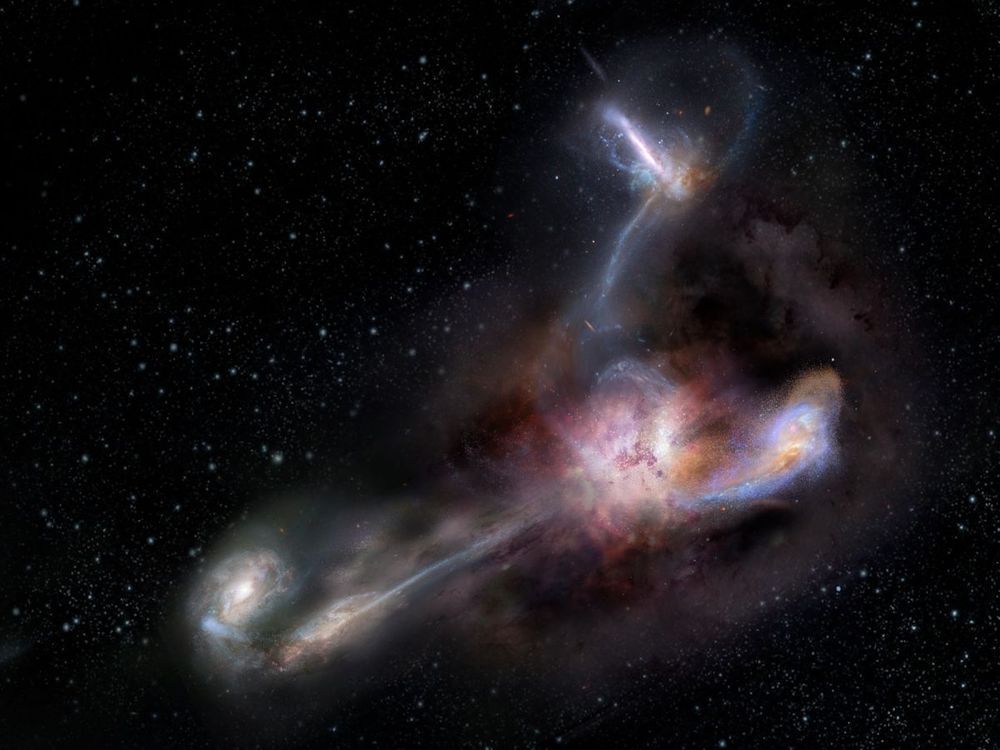
“Our standard model of cosmology is based on an isotropic universe, one that is the same, statistically, in all directions,” says astrophysicist John Webb at the University of New South Wales about the universal constant which appears inconstant at the outer fringes of the cosmos, it occurs in only one direction…” That standard model itself is built upon Einstein’s theory of gravity, which itself explicitly assumes constancy of the laws of Nature. If such fundamental principles turn out to be only good approximations, the doors are open to some very exciting, new ideas in physics.”
Those looking forward to a day when science’s Grand Unifying Theory of Everything could be worn on a t-shirt may have to wait a little longer as astrophysicists continue to find hints that one of the cosmological constants is not so constant after all.
In a paper published in Science Advances, scientists from UNSW Sydney reported that four new measurements of light emitted from a quasar 13 billion light years away reaffirm past studies that found tiny variations in the fine structure constant.
Astronomers have used NASA’s Chandra X-ray Observatory to record material blasting away from the site of an exploded star at speeds faster than 20 million miles per hour. This is about 25,000 times faster than the speed of sound on Earth.
Kepler’s supernova remnant is the debris from a detonated star that is located about 20,000 light years away from Earth in our Milky Way galaxy. In 1604 early astronomers, including Johannes Kepler who became the object’s namesake, saw the supernova explosion that destroyed the star.
We now know that Kepler’s supernova remnant is the aftermath of a so-called Type Ia supernova, where a small dense star, known as a white dwarf, exceeds a critical mass limit after interacting with a companion star and undergoes a thermonuclear explosion that shatters the white dwarf and launches its remains outward.
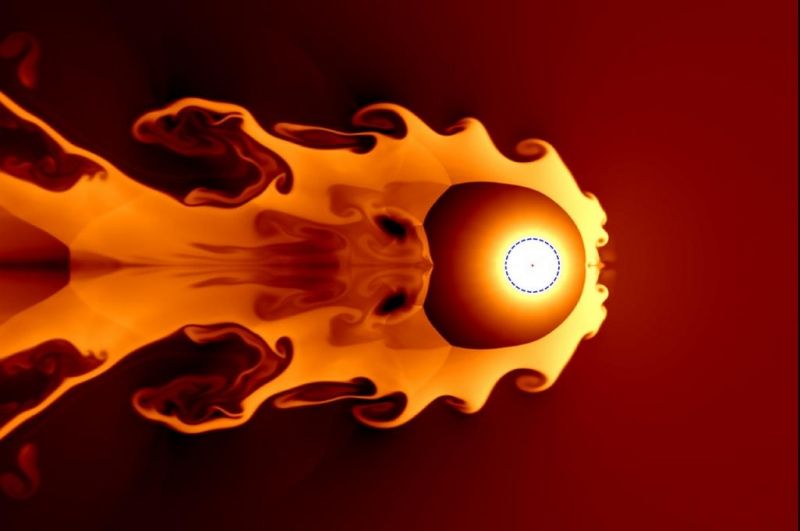
Aug. 18 (UPI) — New research suggests harmful cosmic rays from a nearby supernova might have caused the extinction events that form the boundary between the Devonian-Carboniferous periods.
Around 360 million years ago, a lengthy period of biodiversity declines culminated in a series of extinction events that saw 19 percent of all families and 50 percent of all genera disappear.
Scientists have previously unearthed a diversity of Late Devonian plant spores that show evidence of being burnt by ultraviolet light, signs of a prolonged ozone-depletion event.